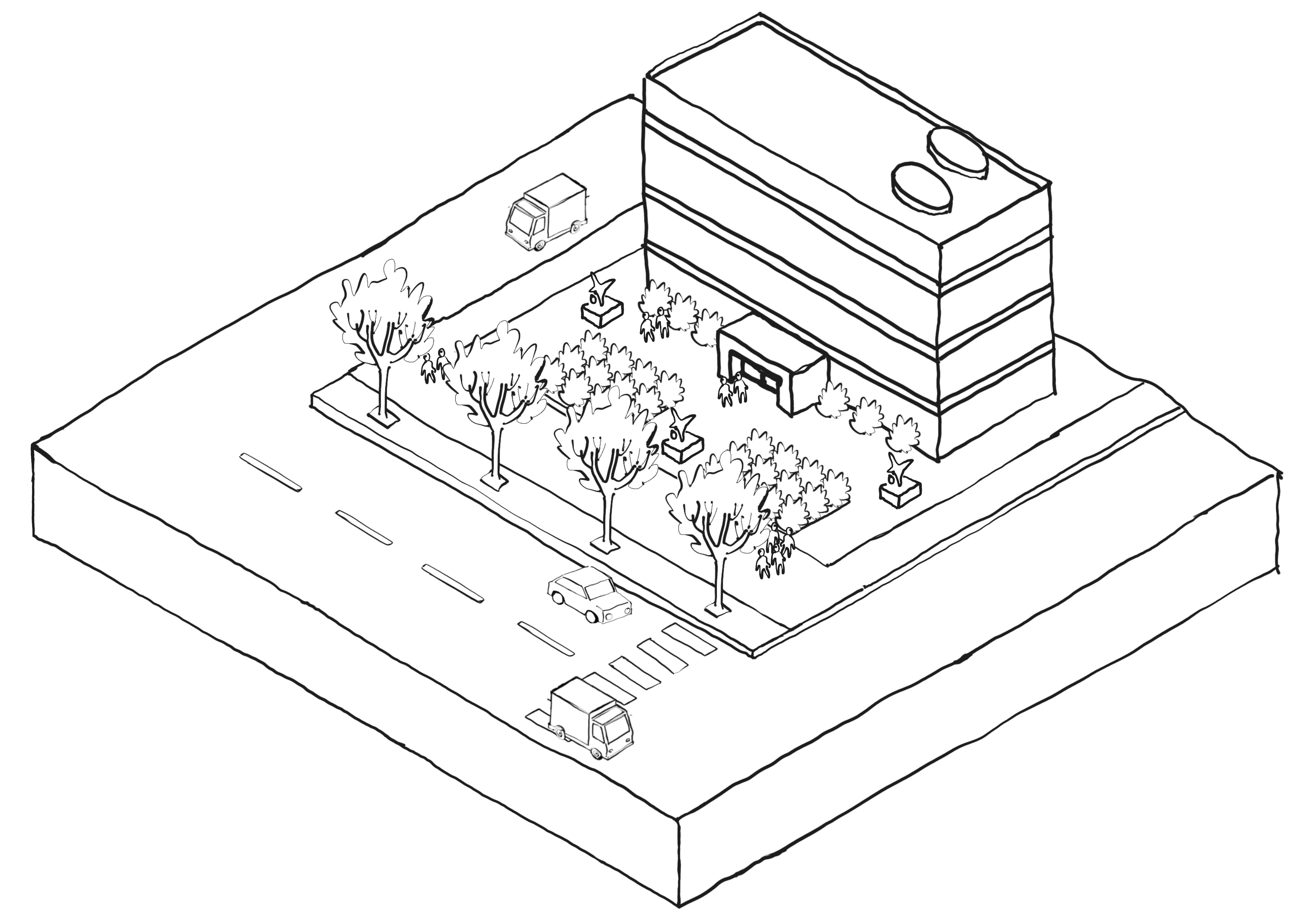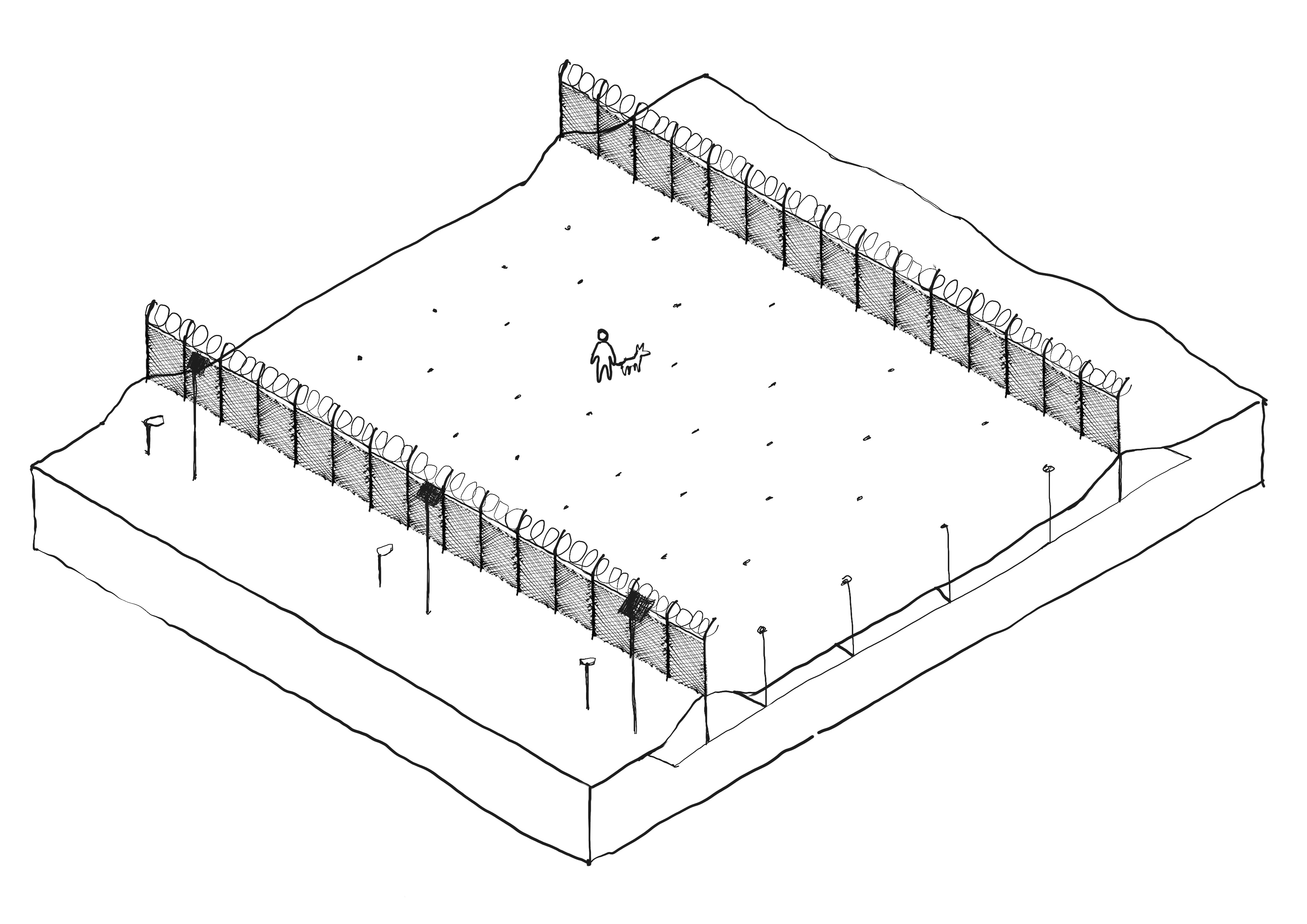Between perimeter and building exterior: The stand-off zone

The area between the perimeter and the building exterior can be used as a stand-off zone to delay, reduce or resist the consequences of a potential incident. The size of the stand-off zone, combined with detection measures, often determines the outcome of an incident: the earlier the detection and the greater the distance between the perimeter and the building, the greater the chance that the consequences will be reduced. This will also help to extend the response time available to the emergency services.
For example, the stand-off zone can be part of a parking area or a multi-use path area around the building. In this context, access to the site should be made difficult for unauthorised persons or vehicles that could pose a threat to the organisation.
The physical space can be designed in many ways to mitigate the effects of threats that the organisation wants to protect itself against; it can, e.g. be the placement of raised flower beds and bollard systems that can secure the driveway and footpaths, or the establishment of water systems that can guide the human movement pattern towards the building.
There are many ways to use the stand-off zone, and it is worth seeking advice from e.g. a landscape architect, to find the right solution.


